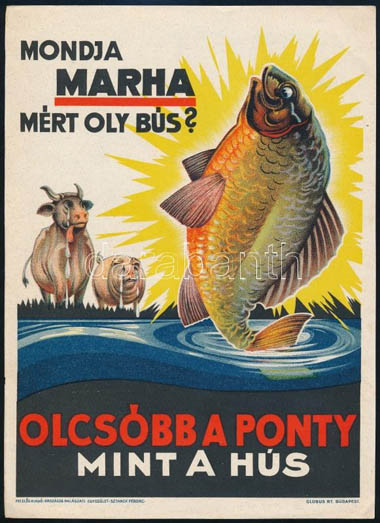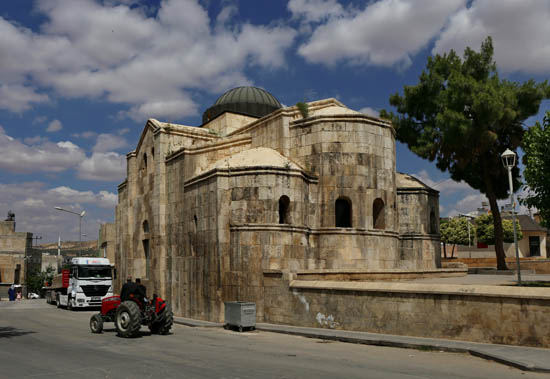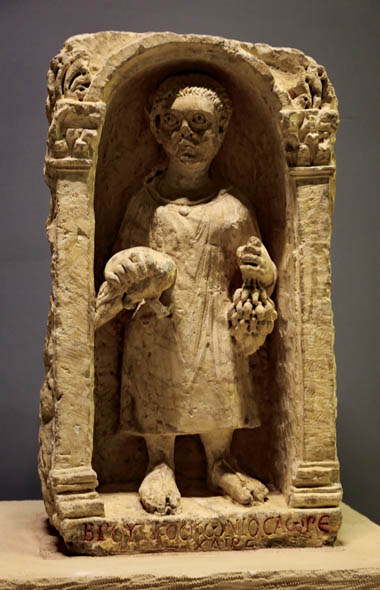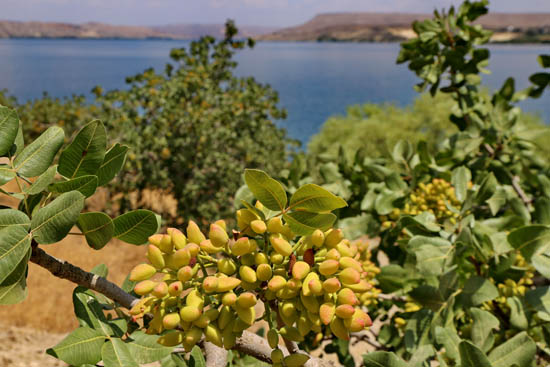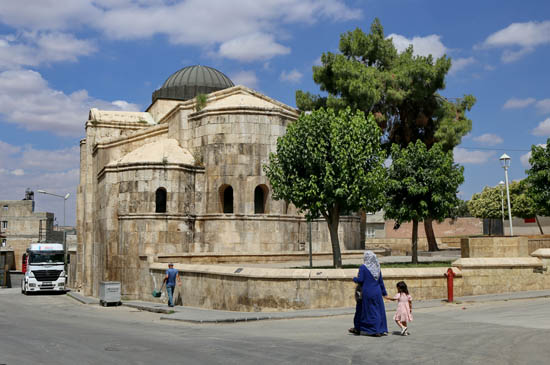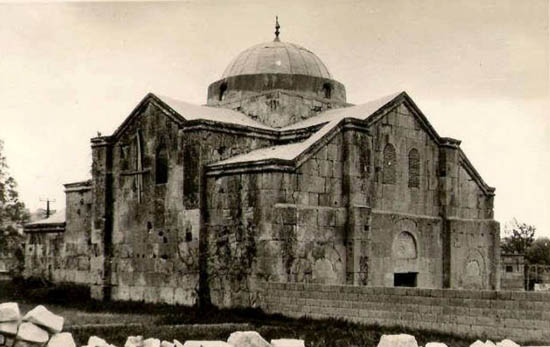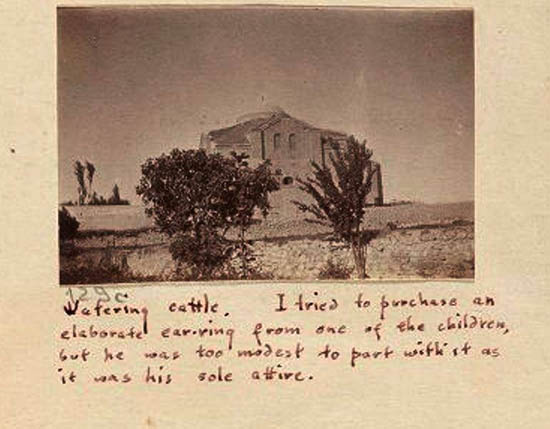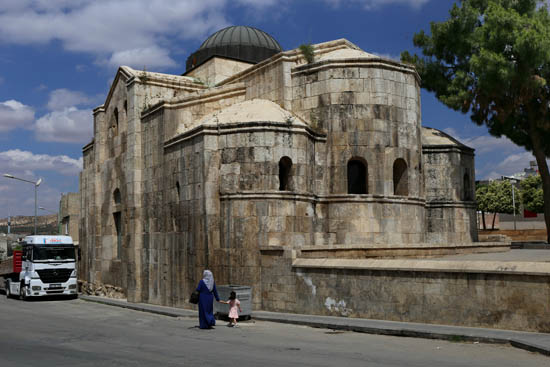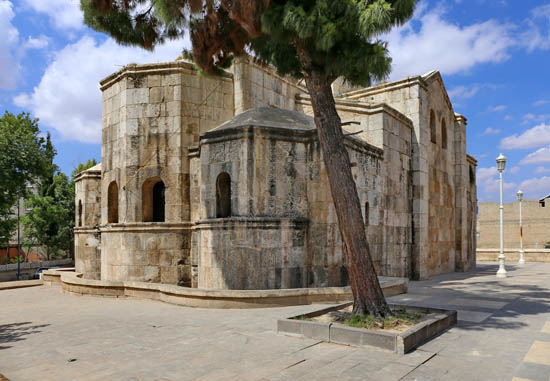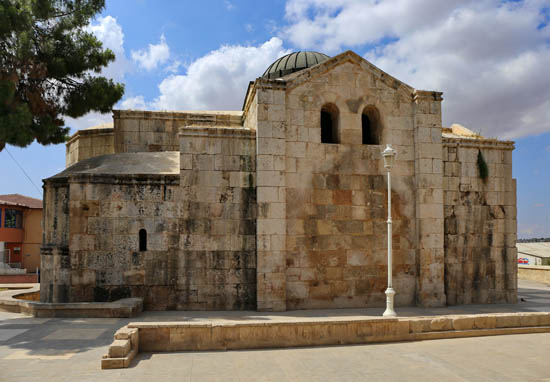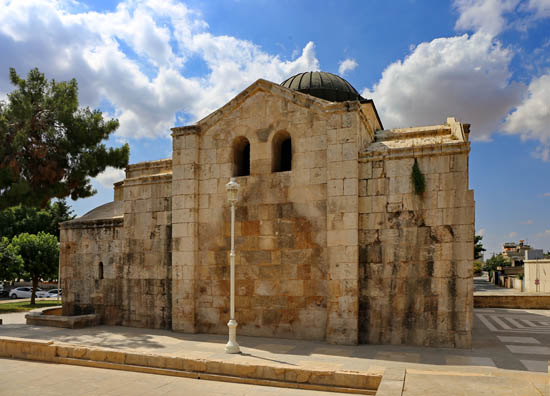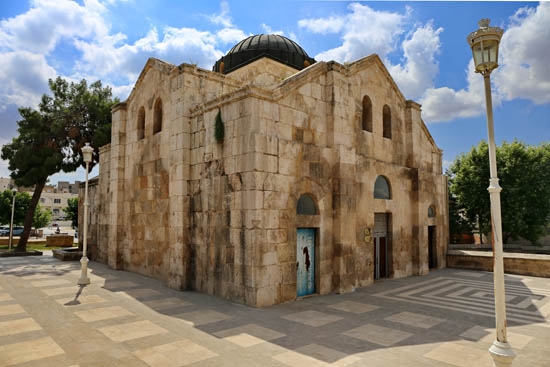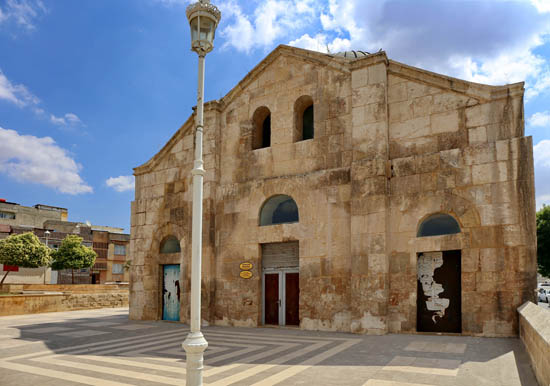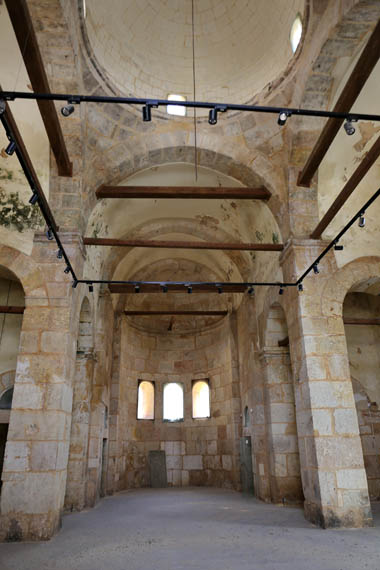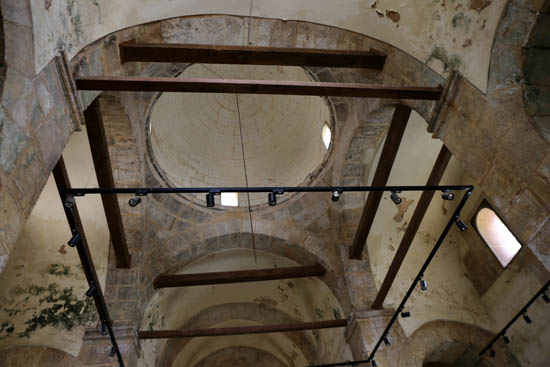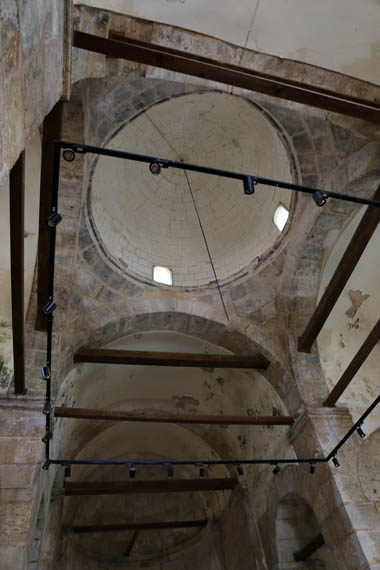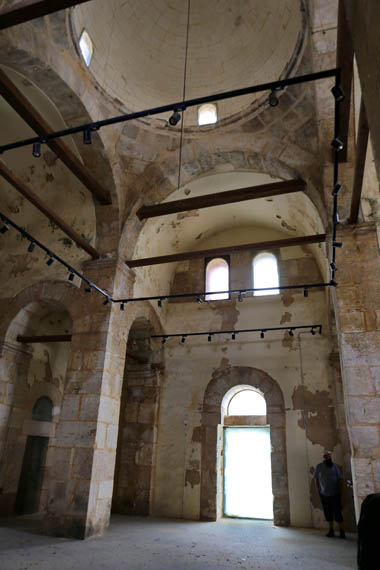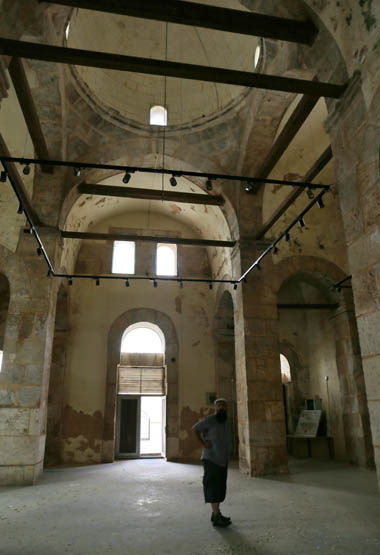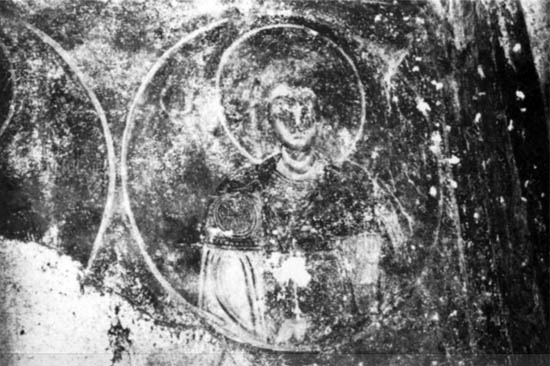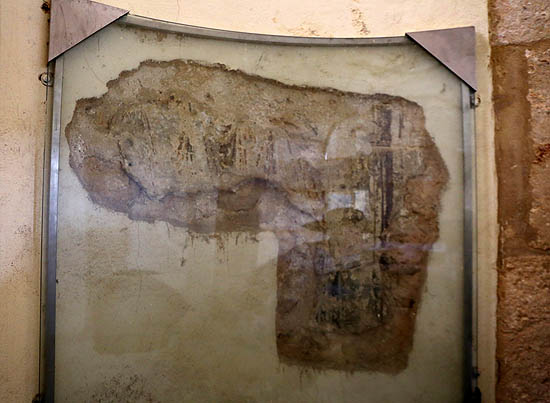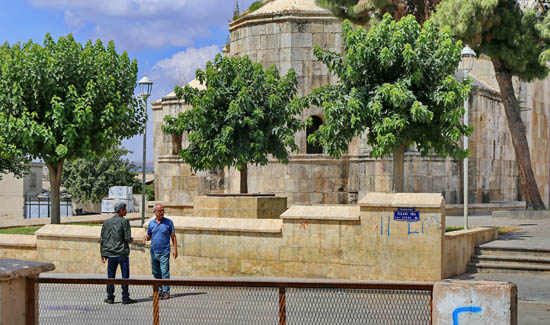 From the illustrations in our history books, it may seem that in the inscriptions left to us from the Ancient East, it is mainly the current ruler who tries to set his own exchange rate higher than everyone else’s. As in this stele preserved in the Pergamon Museum in Berlin, circa 820 BC, on which Kilamuwa, King of Samʿal, belittles his own ancestors:
From the illustrations in our history books, it may seem that in the inscriptions left to us from the Ancient East, it is mainly the current ruler who tries to set his own exchange rate higher than everyone else’s. As in this stele preserved in the Pergamon Museum in Berlin, circa 820 BC, on which Kilamuwa, King of Samʿal, belittles his own ancestors:
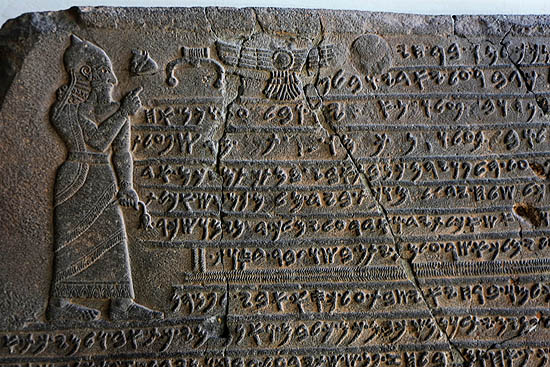
“I am Kilamuwa, son of King Chaya. King Gabar ruled over Samʿal, but achieved nothing. Then came Bamah, and he achieved nothing. Then there was my father Chaya, but he accomplished nothing. Then there was my brother Shaʿil, but he also accomplished nothing. But I Kilamuwa, the son of TML, what I accomplished, not even their predecessors accomplished!” (Translation by J. C. Gibson, see the full text here)

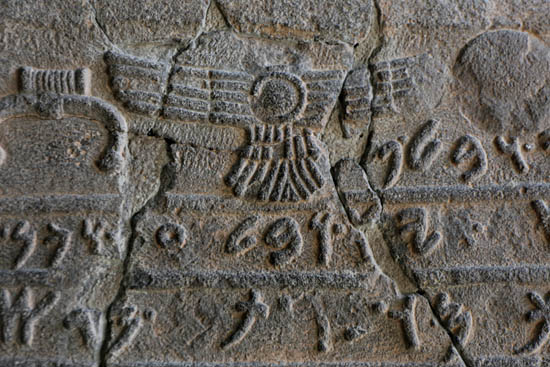 The Kilamuwa stele was written in Aramaic letters, but – exceptionally – in Phoenician language
The Kilamuwa stele was written in Aramaic letters, but – exceptionally – in Phoenician language
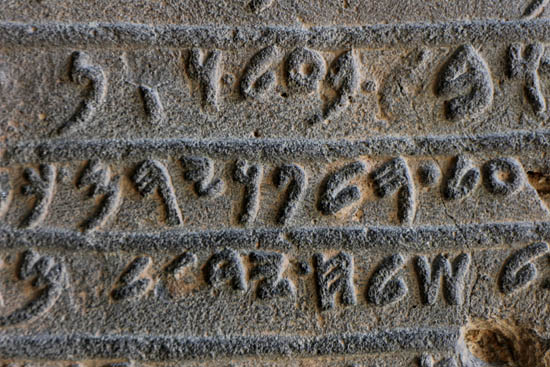
 The kingdom of Samʿal flourished roughly where I am writing this, near what is now Gaziantep in southern Turkey. It was one of the small Aramaic/Neo-Hittite city-states that arose as a result of the momentary decline of the surrounding Hittite and Mesopotamian great powers after 1200 BC, at the junction of the Anatolian highlands and the plains, only to be absorbed by the newly rising Assyrian empire in the 7th century BC. (I have already written about the adventurous exploration of one of these small kingdoms, Guzana/Tell Halaf.) The imposing ruins of its capital under Zincirli Hill were excavated beginning in 1888 with German and later American cooperation. Some of the finds are exhibited in the Pergamon Museum in Berlin, while the other part are in the museums of the cities of southern Turkey, which we are currently visiting. These excellent but little-known museums add a lot to the well-known objects of the Pergamon’s Aramaic exhibition.
The kingdom of Samʿal flourished roughly where I am writing this, near what is now Gaziantep in southern Turkey. It was one of the small Aramaic/Neo-Hittite city-states that arose as a result of the momentary decline of the surrounding Hittite and Mesopotamian great powers after 1200 BC, at the junction of the Anatolian highlands and the plains, only to be absorbed by the newly rising Assyrian empire in the 7th century BC. (I have already written about the adventurous exploration of one of these small kingdoms, Guzana/Tell Halaf.) The imposing ruins of its capital under Zincirli Hill were excavated beginning in 1888 with German and later American cooperation. Some of the finds are exhibited in the Pergamon Museum in Berlin, while the other part are in the museums of the cities of southern Turkey, which we are currently visiting. These excellent but little-known museums add a lot to the well-known objects of the Pergamon’s Aramaic exhibition.
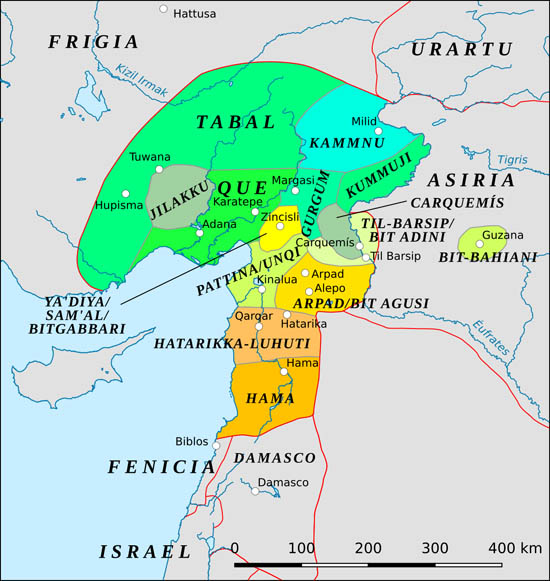 The North Mesopotamian Aramaic/Neo-Hittite kingdoms around 1000 BC
The North Mesopotamian Aramaic/Neo-Hittite kingdoms around 1000 BC
The Kuttamuwa stele in the Gaziantep museum also comes from Samʿal. However, this was not erected by the king, but by one of his officials. And it is not talking about worldly glory, but about what they know best here in Anatolia: eating.
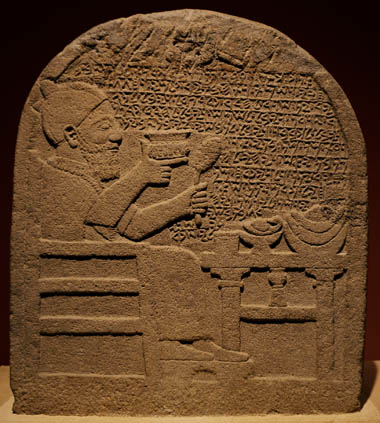
“I, Kuttamuwa commissioned this stele for myself while still living. I placed it in the eternal chamber and established a feast at this chamber: a bull for hadad Qarpatalli, a ram for NGD/R SWD/RN, a ram for Šamš, a ram for Hadad of the Vineyards, a ram for Kubaba, and a ram for my soul (NBŠ) that will dwell in this stele. Henceforth, whoever of my sons or of the sons of anybody should come into possession of this chamber, let him take from the best of his vineyard as an offering year by year. He is also to perform the slaughter prescribed above in proximity to my soul, and is to apportion for me a leg-cut.”
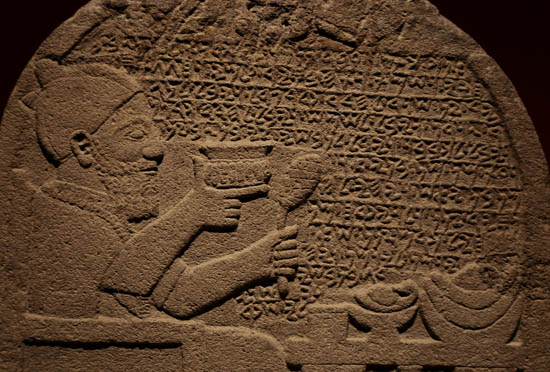 Kuttamuwa’s soul is eating a leg-cut with the best of the vineyards of Mesopotamia, whose descendant are the still excellent wines of Tur Abdin. As a bonus, this text is the very first mention of a soul separate from the body in the Middle East
Kuttamuwa’s soul is eating a leg-cut with the best of the vineyards of Mesopotamia, whose descendant are the still excellent wines of Tur Abdin. As a bonus, this text is the very first mention of a soul separate from the body in the Middle East
 Eating is also the center of official documents such as this 8th-century BC real estate contract from the Kingdom of Carchemish, written in Luvian hieroglyphs. The capital of this kingdom was also near where I am now, on the banks of the Euphrates, on today’s Turkish-Syrian border, where in 605 BC, a great battle between Egypt and Babylonia, also mentioned in the Bible, took place. Most of the findings from Carchemish can be seen today in the Gaziantep and Ankara museums. In the document, the banquet guarantees the validity of the transaction, and the clause does not refer to the criminal code or the jurisdiction of an arbitration court as a sanction, but to the highest judicial authority.
Eating is also the center of official documents such as this 8th-century BC real estate contract from the Kingdom of Carchemish, written in Luvian hieroglyphs. The capital of this kingdom was also near where I am now, on the banks of the Euphrates, on today’s Turkish-Syrian border, where in 605 BC, a great battle between Egypt and Babylonia, also mentioned in the Bible, took place. Most of the findings from Carchemish can be seen today in the Gaziantep and Ankara museums. In the document, the banquet guarantees the validity of the transaction, and the clause does not refer to the criminal code or the jurisdiction of an arbitration court as a sanction, but to the highest judicial authority.

“This house was sold by the son of XXX to Kamonis, and by him to the son of his brother, Parisarmas, grandson of Papitatis, who said: «We will give him 24 mina of silver, and we, Urasarmas from Ihasa, Pamu…, Muwas… and Kumawaris, the Dog, will give him a feast. We will give a great feast to the Lord of WASHA. And whoever takes this house from my son, grandson, or his son, may the heavenly Tarhunzas, Karhuhas and Kubaba, the moon and the sun, and Parakaras, rise against him, and crush his head.”
The following relief ensemble also comes from Carchemish. On its three panels, the local ruler does not speak of his own glory either, but rather shows his sons’ photo album like a happy father.
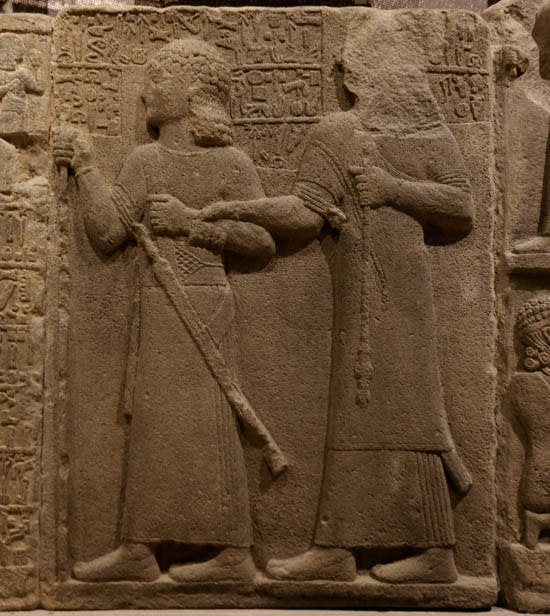
“This is Kamani here, and those are his younger brothers. Here I take him by the hand, and order him over the temple, although he is still a child.”
The second panel shows seven younger brothers, accompanied by a dwarf, taking sheep bones into the playrom and playing with it. Earlier, I painted a world-scale panel about the sheep bone, or astragalus, or five stones game. I wrote there that the ancient Greeks considered the game to be of Anatolian origin, and on this relief we now see precisely this origin.
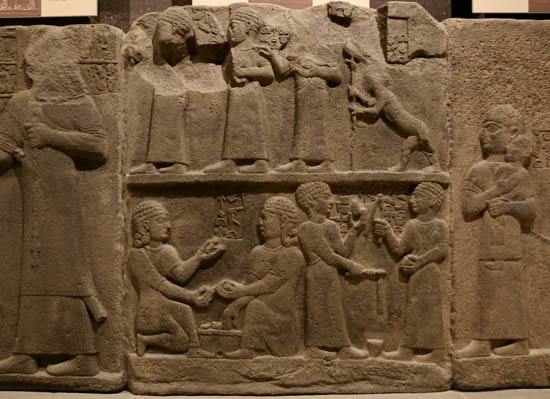
“Malitispa, Astitarhunza, Tarnitispa, Isikaritispa, Sikara, Halpawari, Yahilatispa.”
On the third page of the album, there is only one child, the smallest, the dearest, the Benjamin (and we can only hope that his brothers’ envy will not make him a Joseph). The maid carrying the child is also leading a calf. It is not known whether the two are related, or whether the babysitter was simply charged with calf herding as well.

“And this is Tuwarsai, the longed-for child of the ruler, chosen to rule.”

The most shocking ancient inscription in the Mesopotamian museums also does not speak of glory, but of its passing. In the 7th c. BC, the small Aramaic/Neo-Hittite kingdoms fall one after the other to the expanding Assyria. The Assyrian army and Assyrian rule were notorious for their cruelty, which was reinforced as a self-image by the Assyrian royal inscriptions. it is therefore all the more poingant to read the clay tablet in which the commander of the besieged Assyrian garrison of  Tušhan, Mannu-ki-Libbali, pleads for reinforcements in 611 BC, before the city is captured by the Babylonians. The letter paints the coming final blow, the vulnerability and destruction of the defenders in such apocalyptic tone that no Assyrian text would have ever allowed itself before. As if a Russian commander surrounded in Donetsk were to write a pleading letter to his superiors, refuting the official Russian propaganda. However, all this was in vain. Mannu-ki-Libbali could not know that his capital, Nineveh, had fallen shortly before.
Tušhan, Mannu-ki-Libbali, pleads for reinforcements in 611 BC, before the city is captured by the Babylonians. The letter paints the coming final blow, the vulnerability and destruction of the defenders in such apocalyptic tone that no Assyrian text would have ever allowed itself before. As if a Russian commander surrounded in Donetsk were to write a pleading letter to his superiors, refuting the official Russian propaganda. However, all this was in vain. Mannu-ki-Libbali could not know that his capital, Nineveh, had fallen shortly before.
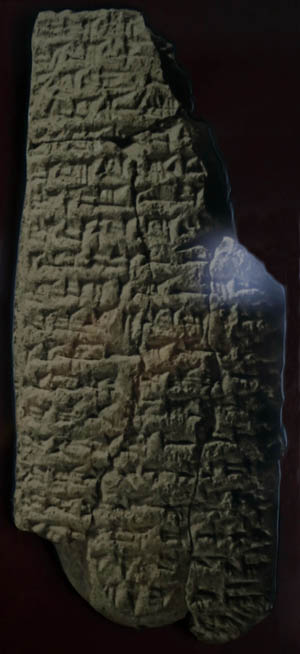
“For horses, Assyrian and Aramaic scribes, officers, clerks, blacksmiths, gunsmiths, carpenters, bow and arrow makers, tailors and patchers, to whom shall I turn? None of them remained in the city. Who should I give orders to? What should I do? My lord said: «We all row in the same boat.» And now I alone shall die? Because the end of this is death.”

However, Tušhani’s final fall did not take place until two and a half thousand years later. The Ilısu Dam, built on the Tigris River between 2006 and 2014, raised the river level by a hundred meters, flooding huge areas, hundreds of settlements and archaeological sites, including the ten-thousand-year-old historical city of Hasankeyf, and also Tušhani, which was excavated by the University of Akron (Ohio) in a rush before the flooding. What remains from the city, including Mannu-ki-Libbali’s letter, is today to be seen only in the Diyarbakır Museum.
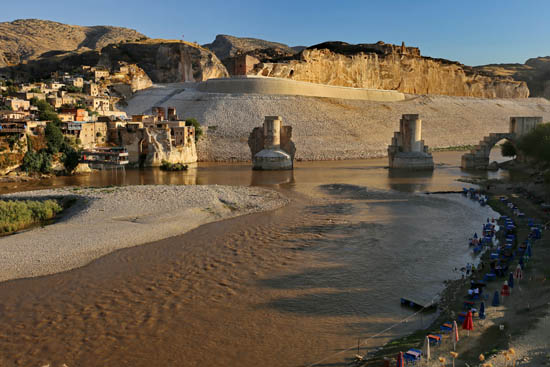 The last summer. Hasankeyf’s Seljuk-era bridge and old town shortly before the flood
The last summer. Hasankeyf’s Seljuk-era bridge and old town shortly before the flood
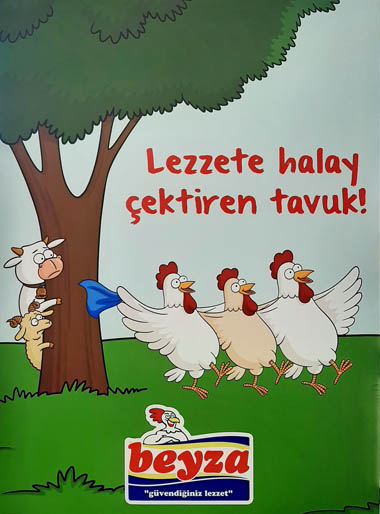
![]() “Eat delicious chicken”, advertises the poster of the Beyza – “The taste you trust” – meat company in Urfa. I can’t help but agree with them, especially around lunch time like now. But why do the poultry, destined for the kebab skewers and the saç tava pan, do the cheerful Kurdish dance, happily waving the scarf, and why do the beef and sheep, presumably the former favorites of the audience, note with dismay that now they have less chance to end up in kuşbaşı and saç kavurma?
“Eat delicious chicken”, advertises the poster of the Beyza – “The taste you trust” – meat company in Urfa. I can’t help but agree with them, especially around lunch time like now. But why do the poultry, destined for the kebab skewers and the saç tava pan, do the cheerful Kurdish dance, happily waving the scarf, and why do the beef and sheep, presumably the former favorites of the audience, note with dismay that now they have less chance to end up in kuşbaşı and saç kavurma?